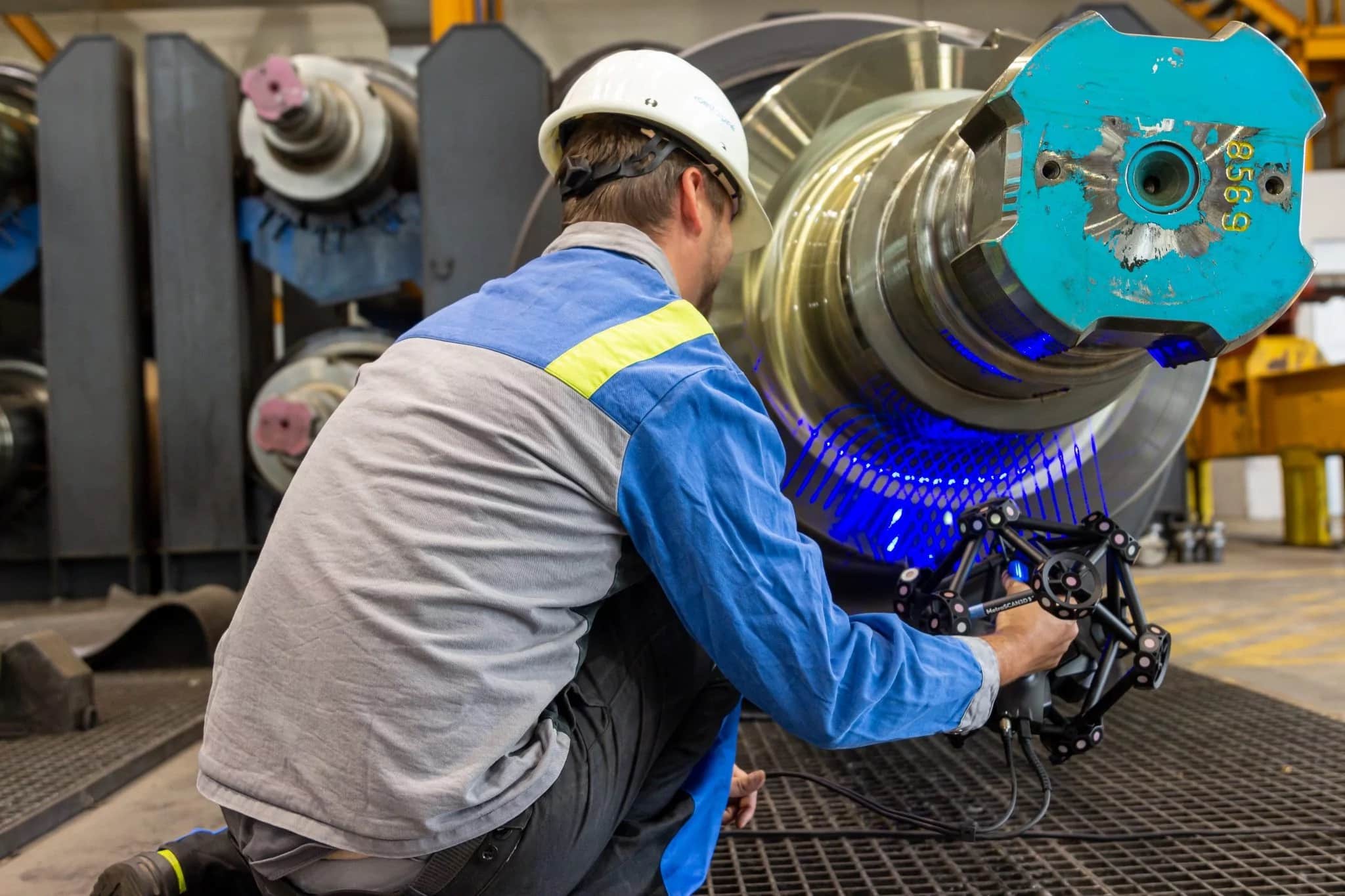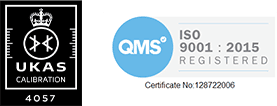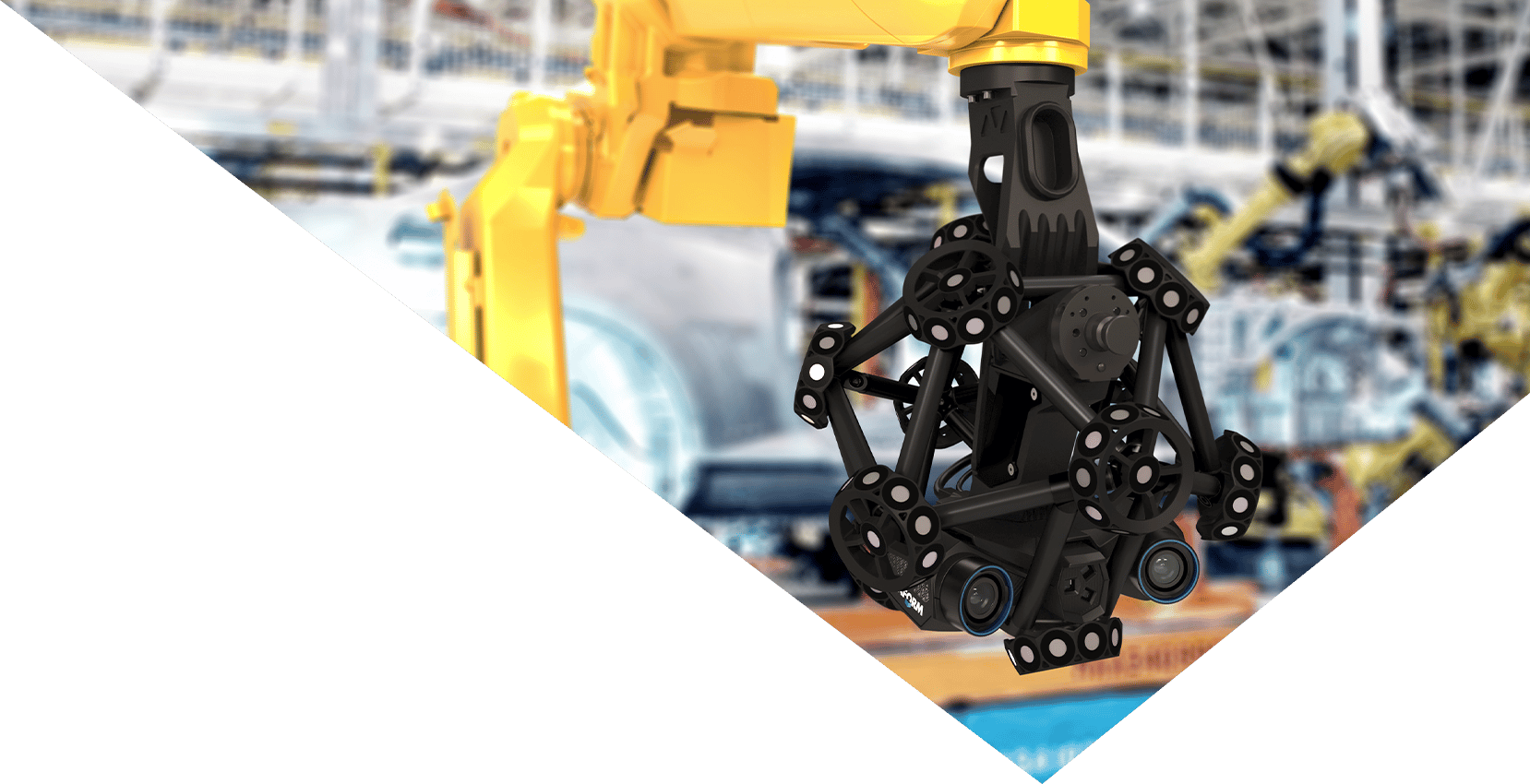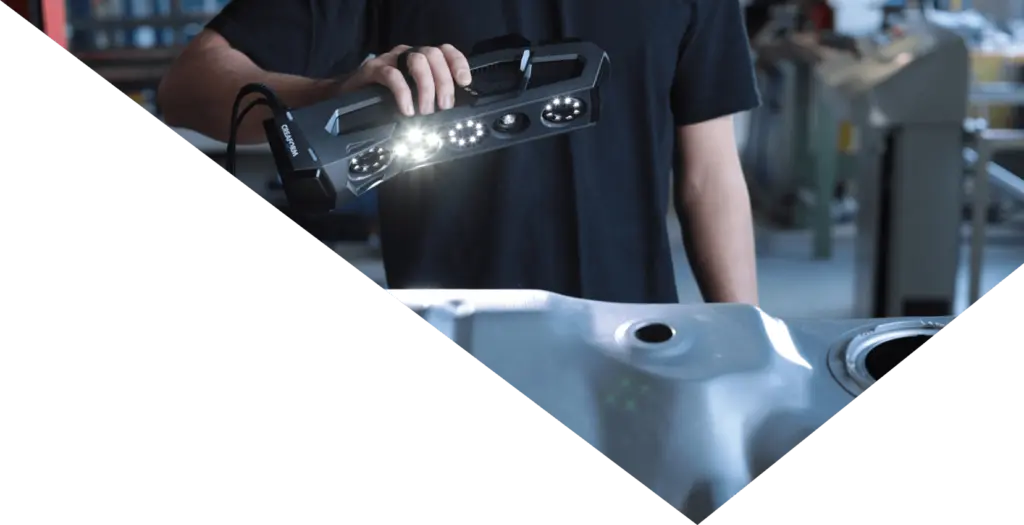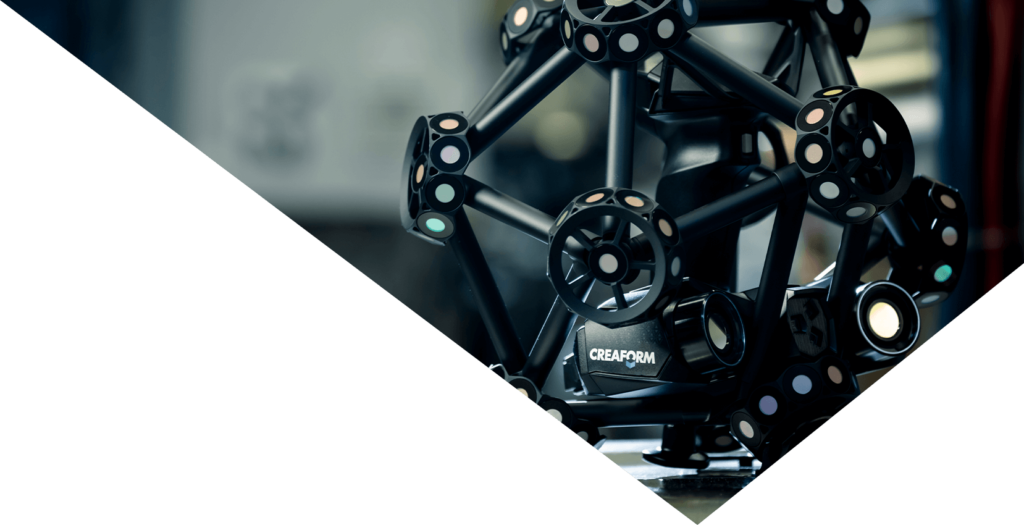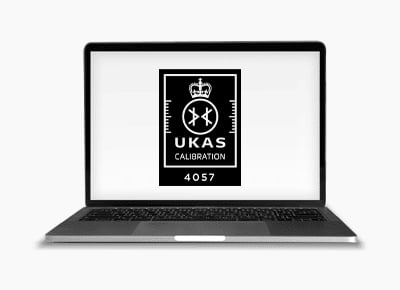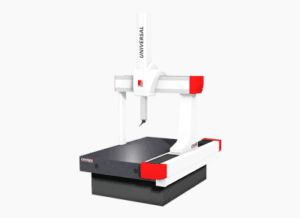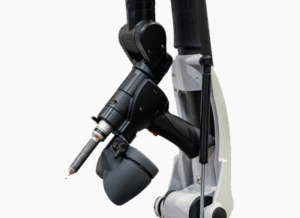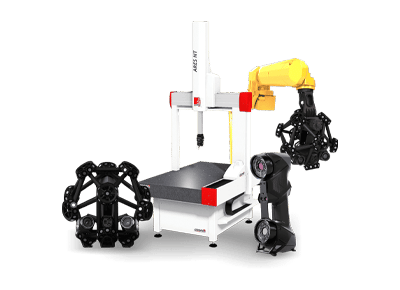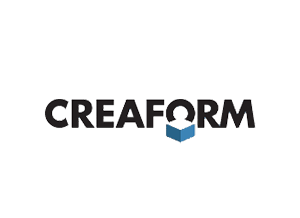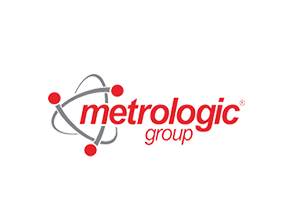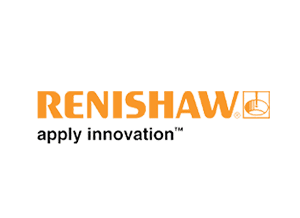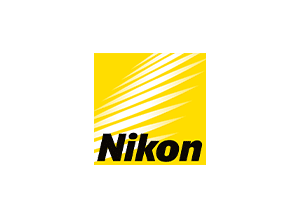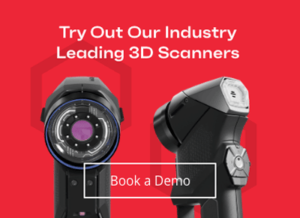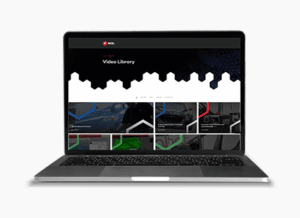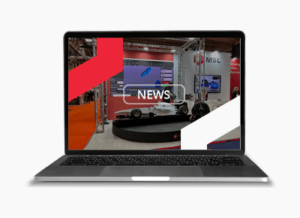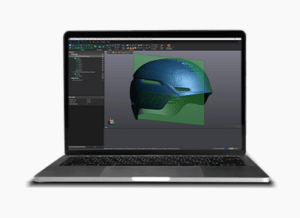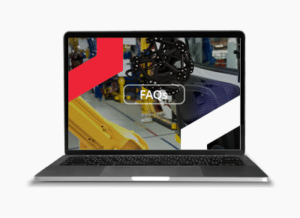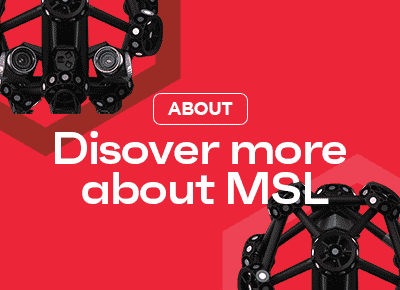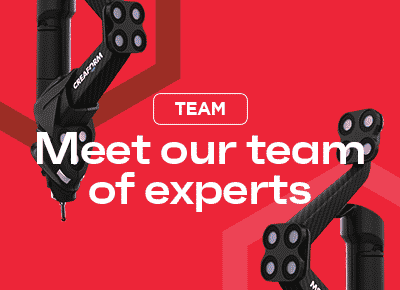In the expanse of today’s rapidly evolving manufacturing realm, the accuracy of 3D measurements stands as a cornerstone for quality assurance, product development, and innovation.
However, confidence in these measurements is not gained lightly. It’s a question that echoes across workshops and laboratories: Can you trust your 3D measurements to be accurate, repeatable, and reliable?
Understanding what fuels confidence in 3D measurement outcomes involves delving into the technologies that frame the metrology landscape and the standards that guide their application.
The Pillars of Trustworthy 3D Measurements
Accuracy, Repeatability, and Reliability are the foundational pillars that ascertain the trustworthiness of 3D measurements.
Accuracy refers to how closely a measurement aligns with the actual value. It’s the cornerstone of making dependable decisions based on 3D modelling.
Repeatability is about consistency — obtaining the same results under the same conditions. It’s crucial for processes where the same part or component is measured multiple times.
Reliability encapsulates the trust you place in the measurement system’s performance over time. It ensures that the system remains accurate and repeatable, regardless of external factors.
Ensuring Confidence in Your Measurements
To foster confidence in your 3D measurements, several strategies can be implemented:
Choosing the Right Equipment: The selection of 3D scanning or measurement equipment significantly impacts the outcome. Opt for tools that offer the highest levels of precision and adaptability to your specific needs.
Strategic Calibration: Regular calibration of your equipment ensures that it continues to measure accurately, conforming to recognised standards.
Software Solutions: Utilising advanced software that complements your hardware can significantly enhance the accuracy and efficiency of your measurements.
Training and Support: Ensuring your team is well-trained and supported in using 3D measurement technologies is crucial. A thorough understanding of the equipment and software enables more accurate and reliable measurements.
Comprehensive Quality Control Standards: Adhering to robust quality control standards and practices fortifies the reliability of your measurements. It involves rigorous testing and validation against known standards to guarantee measurement integrity.
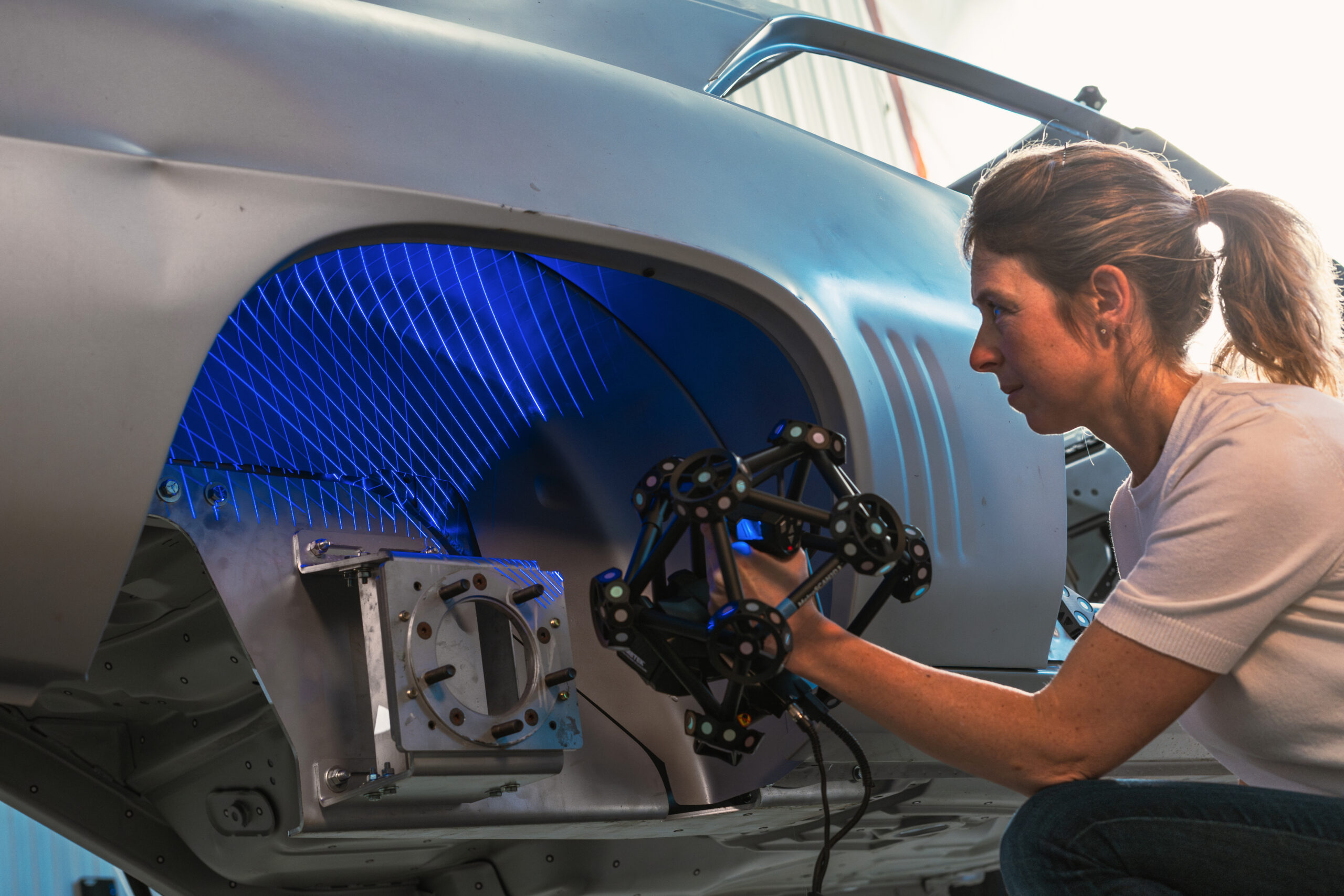
The Impact of Technology and Standards
The evolution of 3D measurement technologies, coupled with strict adherence to international standards, plays a pivotal role in enhancing measurement confidence. Innovations in metrology offer unprecedented levels of precision and versatility, making it possible to measure complex geometries with ease. Meanwhile, standards such as ISO 9001 for quality management ensure that measurement practices meet rigorous quality criteria, instilling further trust.
Gone are the days when traditional measurement methods were solely relied upon. While they served their purpose, they often fell short in terms of accuracy and efficiency. Today, with cutting-edge 3D scanning technology like the MetraSCAN+, businesses can elevate their measurement processes to unprecedented levels of precision and reliability.
So, what sets the MetraSCAN+ apart from conventional measurement techniques?
Let’s delve into its features and benefits.
First and foremost, it utilises state-of-the-art laser scanning technology, allowing for rapid and accurate capture of 3D data. This advanced scanning capability ensures that even intricate geometries are precisely captured with minimal effort, eliminating the guesswork associated with traditional measurement methods.
It boasts exceptional repeatability, meaning that measurements can be consistently reproduced with negligible variation. This level of repeatability is crucial for industries where consistency is key, such as aerospace, automotive, and medical device manufacturing.
Additionally, with robust construction and meticulous calibration, users can trust that their measurements are not only accurate but also reliable, even in demanding operating environments.
But perhaps the most significant advantage is its versatility. Whether you’re conducting quality control inspections, reverse engineering complex parts, or creating digital twins for simulation purposes, the MetraSCAN+ adapts seamlessly to various applications, providing unmatched flexibility and efficiency.
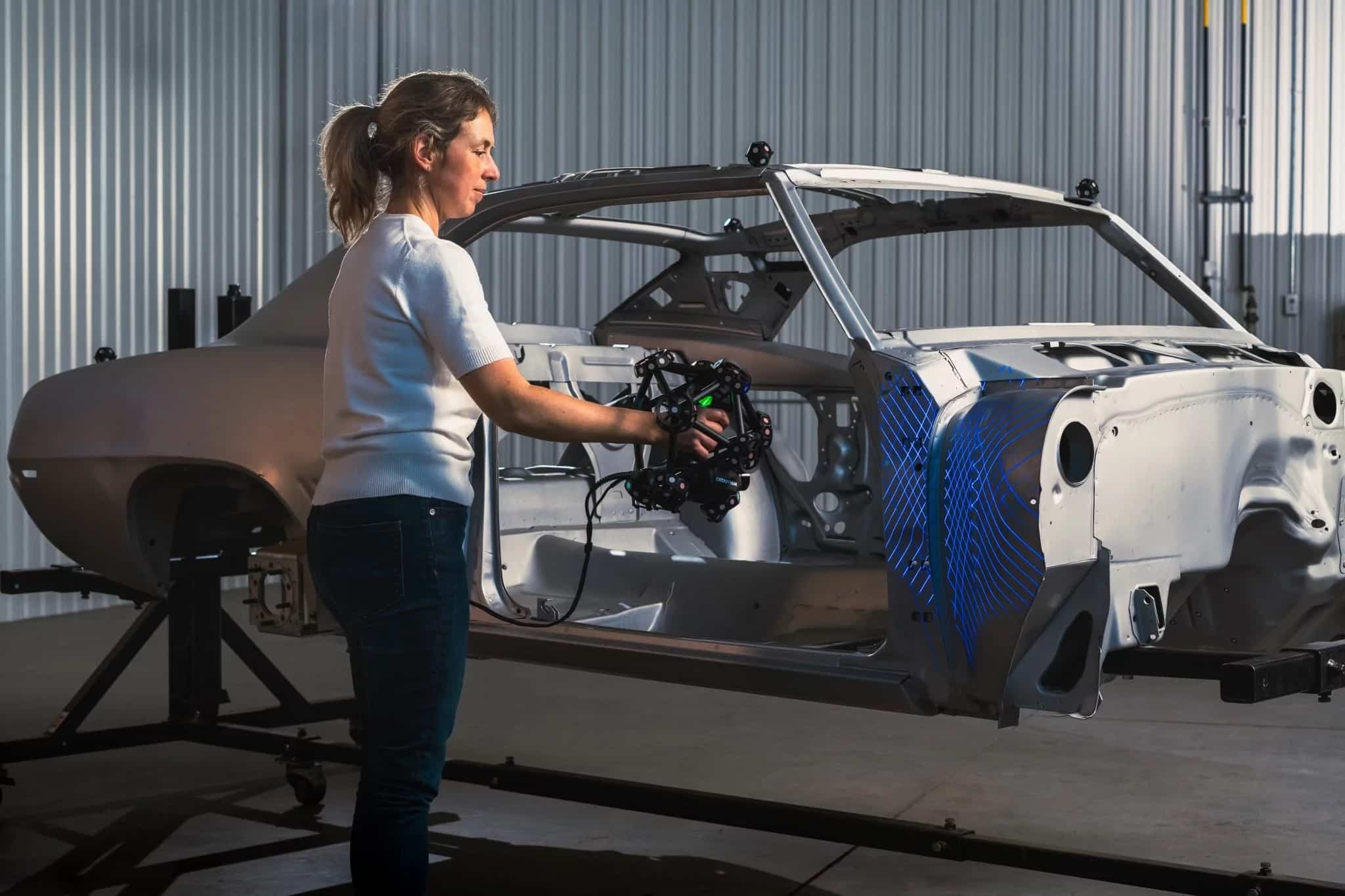
Creaform recently introduced significant updates to its MetraSCAN BLACK+. The Automatic Volume Extension (AVE) feature has been improved, now with a specification of (0.025mm + 0.015mm/m), ensuring a 5-meter part can be measured with an accuracy of 0.100mm. Additionally, new 360 magnetic targets have been integrated to enhance tracking, solve the leapfrog issue and enable users to move the C-Track and conduct real-time photogrammetry with increased accuracy and speed.
AVE (Automatic Volume Extension)
This feature enables automatic acquisition volume extension simply by moving the C-Track, eliminating the need for additional measurements. Utilizing advanced integrated photogrammetry and scaling algorithms, Creaform ensures more precise, repeatable, and error-free measurement of large parts.
360 Magnetic Targets
The newly designed 360 magnetic targets are automatically detected from any angle by the C-Track, making tracking easier and set up quicker. Users, whether experienced or novice, can now efficiently scan large parts and obtain accurate and reliable measurements.
See how the QC process is streamlined for large parts with the AVE feature and new 360 magnetic targets.
Enhanced Setup Assistance Tools
MetraSCAN BLACK+ now includes setup assistance tools to aid new or inexperienced users in quickly getting acquainted and confident with the device, even without extensive prior knowledge. Live visual feedback helps users position targets accurately, while the guidance volume display simplifies setup and allows swift adjustments. Additionally, advanced setup diagnostics assist users in troubleshooting and validating their setups before commencing a new acquisition. By utilising a target deviation table and vectors, users can determine if there have been any deviations since the targets were positioned, allowing them to assess if the jig has been impacted or thermally deformed.
Explore how the Setup Assistance Tools facilitate users in troubleshooting their setups.
In summary, the setup assistance tools, with their live feedback on target positioning and advanced troubleshooting assistance, guide set up preparation, making it easier for non-experts to use their measuring equipment confidently in the QC process.
Make Informed Decisions Based on Accurate, Repeatable, and Reliable Data
With these new improvements to the MetraSCAN BLACK+, Creaform is further reducing errors in the QC process. The performance of the measuring equipment is now validated based on ISO 10360 for better accuracy. Users, whether experts or beginners are better guided during setup execution, and measuring methods requiring leapfrogging are better documented and easier to perform. Users can also troubleshoot their setups to ensure environmental conditions haven’t caused deviations.
Therefore, by eliminating all sources of error and having confidence in the equipment, user, environment, and measuring methods, decisions can be made with certainty, knowing that any faults lie solely in the part that needs reworking or rejection. This confidence is how you can regain trust in your QC process.
